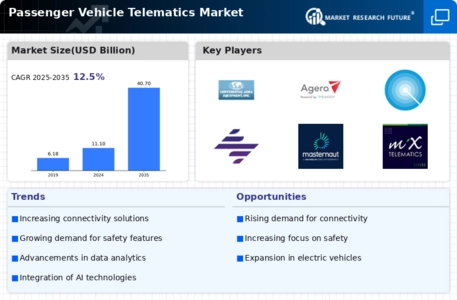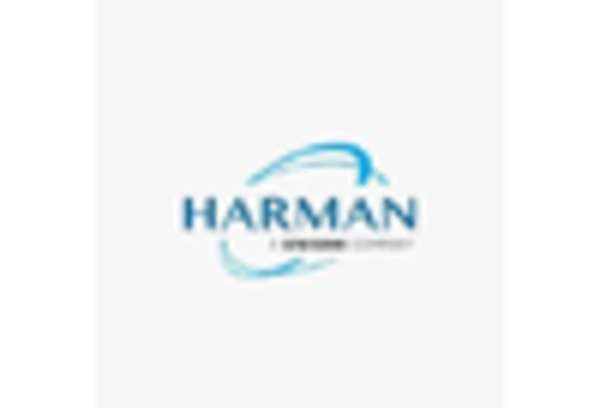Leading market players are investing heavily in research and development in order to expand their product lines, which will help the Passenger Vehicle Telematics Market, grow even more. Market participants are also undertaking a variety of strategic activities to expand their global footprint, with important market developments including new product launches, contractual agreements, mergers and acquisitions, higher investments, and collaboration with other organizations. To expand and survive in a more competitive and rising market climate, Passenger Vehicle Telematics industry must offer cost-effective items.
Manufacturing locally to minimize operational costs is one of the key business tactics used by manufacturers in the global Passenger Vehicle Telematics industry to benefit clients and increase the market sector. In recent years, the Passenger Vehicle Telematics industry has offered some of the most significant advantages to medicine. Major players in the Passenger Vehicle Telematics Market, including Robert Bosch GmbH, Continental AG, OnStar Corporation, AirIQ Inc., Agero, Inc., Qualcomm Incorporated, ETAS Group, Zonar Systems, Omnitracs, LLC, Bridgestone Mobility Solutions B.V., Masternaut Limited, and MiX Telematics, are attempting to increase market demand by investing in research and development operations.
The automotive industry is served by Bayerische Motoren Werke AG (BMW). It creates, produces, and markets bikes, cars, replacement parts, and other vehicles as well as engines. Additionally, the business provides services for insurance, fleet management, retail customer and dealer financing, deposit business, and automobile leasing. It sells goods under the labels Motorrad, BMW, MINI, Rolls-Royce, Alphabet, John Cooper Works, and YOUR NOW. The BMW Group and Amazon Web Services announced a strategic partnership in October 2022 to jointly create new cloud technologies that aim to fully utilize the data potential of upcoming car generations.
Additionally, both businesses are anticipated to work together on the creation of commercially available cloud solutions to manage vehicle data securely.
The automobile firm Continental AG (Continental) produces and sells brake systems, powertrain and chassis systems, vehicle electronics, instruments, infotainment solutions, tires, and technical elastomers. Additionally, the business sells tires and offers tire replacement services for a variety of customers, including those who own passenger cars, trucks, buses, and vehicles used on construction sites, as well as specialty vehicles, bicycles, and motorcycles. In order to promote a tachograph data management system, Continental teamed up with the commercial vehicle manufacturer IVECO in January 2022.
With Continental's VDO Fleet TIS-Web solution, it is anticipated that this partnership will enable IVECO to improve its fleet management services. TIS-Web makes it easier to manage tachograph data and offers fleet managers smart analysis and increased productivity to streamline their operations.


















Leave a Comment